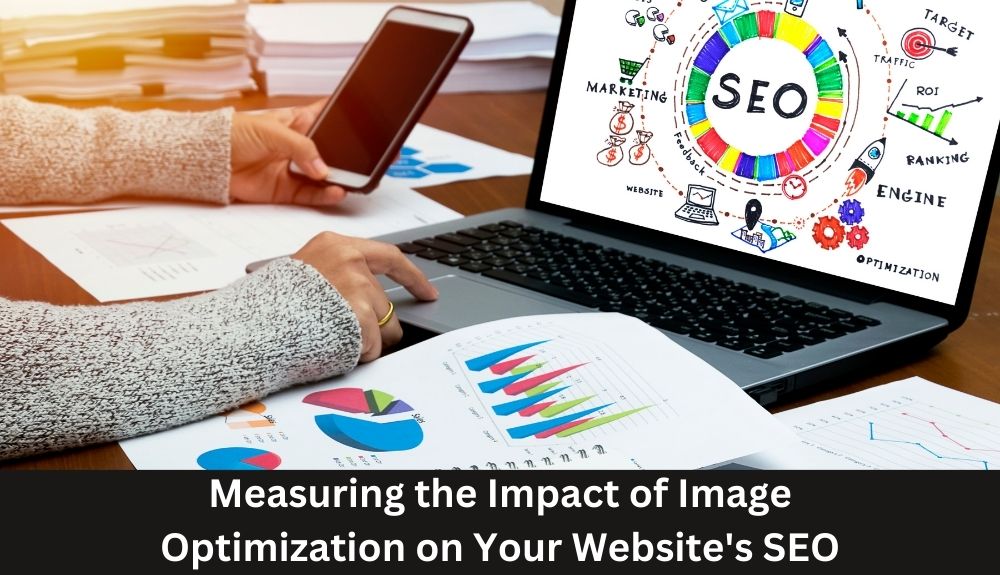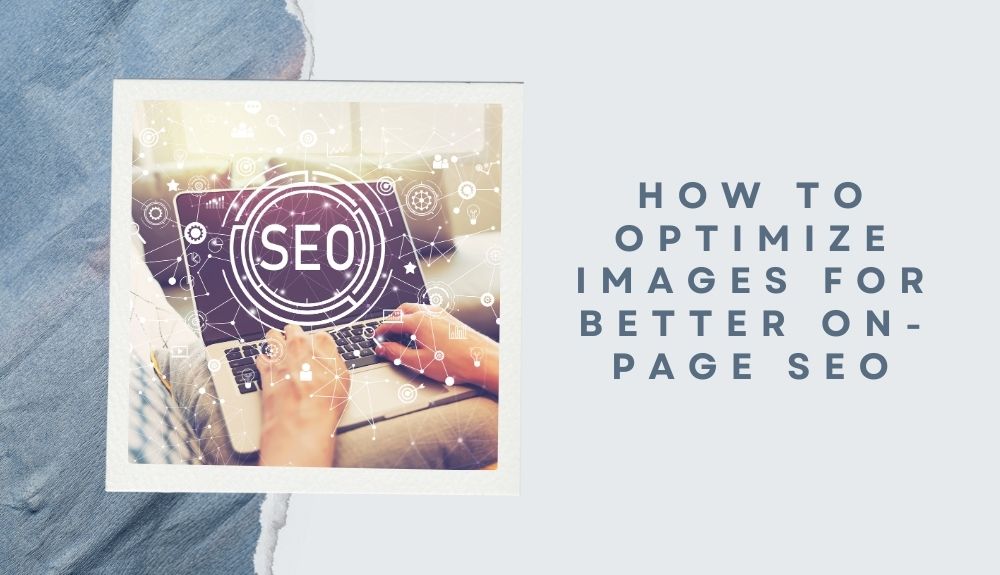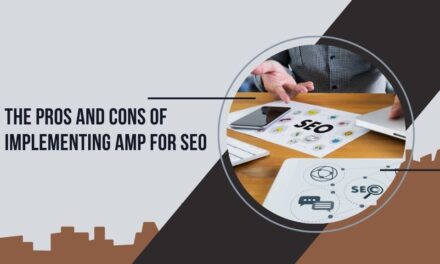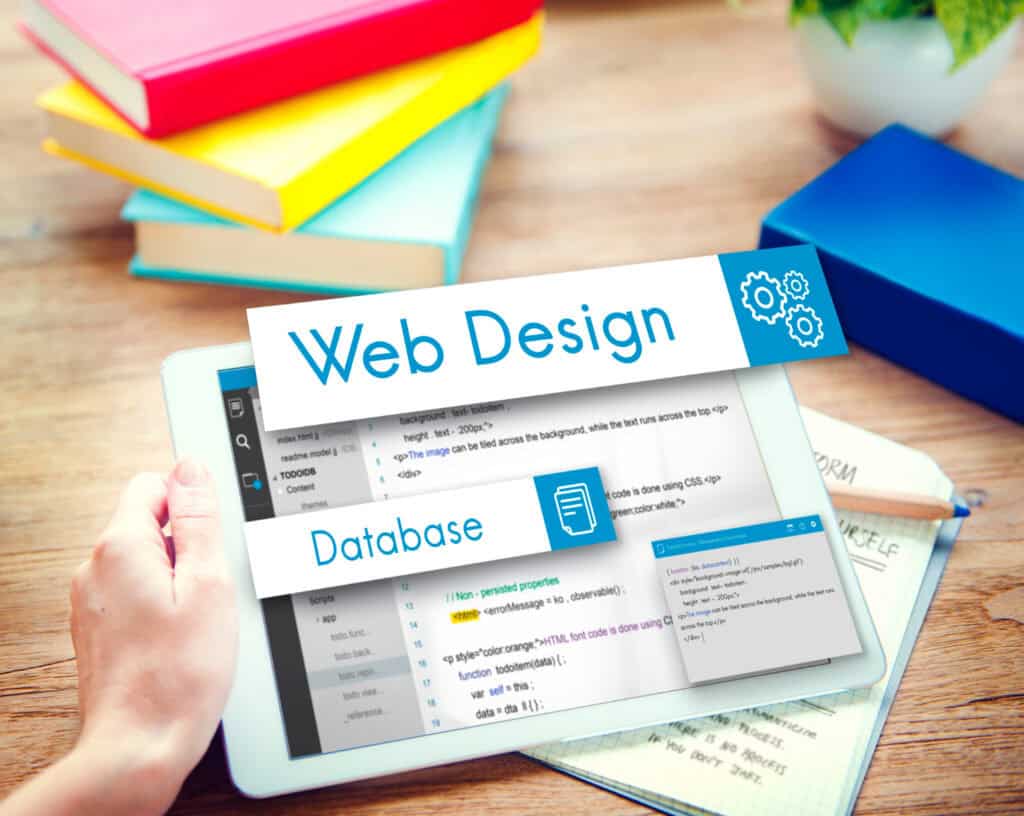Welcome to the digital realm where websites battle for that coveted top spot on search engine results pages! In this competitive landscape, mastering the art of on-page SEO is crucial for boosting your website’s visibility and driving organic traffic. While keywords and meta tags play a significant role, don’t overlook the power of images in optimizing your site for search engines. So, buckle up as we delve into the world of image optimization to supercharge your on-page SEO strategy!
The Role of Images in On-Page SEO
Images play a crucial role in on-page SEO by enhancing user experience and making content more engaging. When used strategically, images can help break up text, convey information visually, and keep visitors on your site longer.
Search engines also consider image optimization when ranking websites, so it’s essential to choose high-quality images that are relevant to your content. Including descriptive alt text and file names can further improve the visibility of your images in search results.
By optimizing image size and format, you can ensure faster loading times for your website, leading to better user satisfaction and improved SEO performance. Additionally, using responsive images that adjust based on screen size can enhance mobile usability.
Incorporating optimized images into your on-page SEO strategy is a valuable way to boost rankings and attract more organic traffic to your site.
Factors to Consider When Choosing Images for Your Website
When choosing images for your website, it’s essential to consider the relevance of the image to your content. Make sure the image complements and enhances your message rather than detracting from it.
Another factor to keep in mind is the quality of the image. Opt for high-resolution photos that are clear and visually appealing to captivate your audience.
Consider the file format of your images as well. JPEGs are best for photographs, while PNGs are more suitable for graphics with transparent backgrounds.
Don’t forget about image size; larger files can slow down your website’s loading speed. Compressing images without compromising quality is key.
Think about alt text for each image. This not only improves accessibility but also provides search engines with valuable information about your content through keywords associated with the image.
Image Optimization Techniques for SEO

When it comes to optimizing images for SEO, there are a few key techniques that can make a big difference in how search engines perceive your website. One of the most important things to consider is the file format of your images. Opt for JPEG or PNG formats as they are widely supported and offer good quality without compromising loading speed.
Another crucial aspect is the image size. Make sure to resize your images to fit the dimensions needed on your website. This helps in reducing load times and improving user experience. Additionally, adding descriptive alt text to your images is essential for SEO purposes as it provides context for search engine crawlers.
Compression is also vital when optimizing images. Use tools like TinyPNG or Smush to compress image files without losing quality. Consider implementing lazy loading on your website so that images only load when they come into view, further enhancing page speed optimization.
Tools and Plugins to Help with Image Optimization
When it comes to optimizing images for better on-page SEO, having the right tools and plugins can make a significant difference.
One popular tool is Adobe Photoshop, which allows you to adjust image size and quality before uploading them to your website. Another handy tool is TinyPNG, which compresses images without compromising their quality.
For WordPress users, plugins like Smush and Imagify are great options for automatically optimizing images upon upload. These plugins help reduce file sizes and improve loading times.
If you’re looking for a more comprehensive solution, platforms like Cloudinary offer advanced features such as image transformation and optimization based on device type.
Experiment with different tools and plugins to find what works best for your website’s needs. Remember, a well-optimized image can enhance user experience and boost your site’s SEO performance.
Common Mistakes to Avoid When Optimizing Images for SEO
When optimizing images for SEO, it’s crucial to avoid common mistakes that can hinder your website’s performance. One of the most frequent errors is using large image file sizes, which can slow down your site’s loading speed and impact user experience negatively. To prevent this, always compress images before uploading them.
Another mistake to steer clear of is neglecting alt text for your images. Alt text provides essential information to search engines about the content of an image, helping improve its visibility in search results. Make sure to include relevant keywords in your alt text while describing the image accurately.
Furthermore, overlooking image titles and filenames is a blunder many make when optimizing images for SEO. Descriptive file names not only help search engines understand the content but also enhance overall accessibility on your website.
In addition, failing to utilize responsive design for images can harm your SEO efforts on mobile devices. Ensure that your images are optimized for different screen sizes to provide a seamless user experience across all platforms.
Measuring the Impact of Image Optimization on Your Website’s SEO

Measuring the impact of image optimization on your website’s SEO is crucial for understanding how well your efforts are paying off. One way to track this is by monitoring changes in your website’s loading speed after optimizing images. Faster loading times can lead to improved user experience and higher search engine rankings.
Another metric to consider is the increase in organic traffic driven by image search results. By analyzing the performance of optimized images in driving traffic to your site, you can gauge their effectiveness in attracting visitors. Additionally, keep an eye on any improvements in bounce rates and time spent on page, as these indicate how engaging and relevant your optimized images are to users.
Utilizing tools like Google Analytics or Search Console can provide valuable insights into the performance of your optimized images. Pay attention to metrics such as impressions, clicks, and click-through rates related to image search queries. These data points will help you assess the overall impact of image optimization on your website’s SEO strategy.
Final Thoughts and Next Steps
Optimizing images for better on-page SEO is a crucial aspect of your website’s overall SEO strategy. By choosing the right images, optimizing them correctly, and avoiding common mistakes, you can significantly improve your site’s visibility and user experience.
Remember to consider factors such as relevance, quality, and format when selecting images for your website. Use techniques like resizing, compressing, adding alt text, and using descriptive file names to optimize your images for search engines.
Utilize tools and plugins such as Photoshop, Canva, Smush, or Imagify to streamline the image optimization process. These tools can help you save time while ensuring that your images are properly optimized for SEO.
By measuring the impact of image optimization on your website’s SEO through metrics like page load speed, organic traffic growth, and bounce rate reduction, you can gauge the effectiveness of your efforts. Continuously monitor these metrics and make adjustments as needed to further enhance your site’s performance.
Incorporate these image optimization strategies into your overall SEO plan to drive more organic traffic to your website and improve its search engine rankings. Keep experimenting with different techniques and stay updated on best practices in image optimization to stay ahead of the competition.
Start implementing these tips today to boost your website’s on-page SEO performance!












